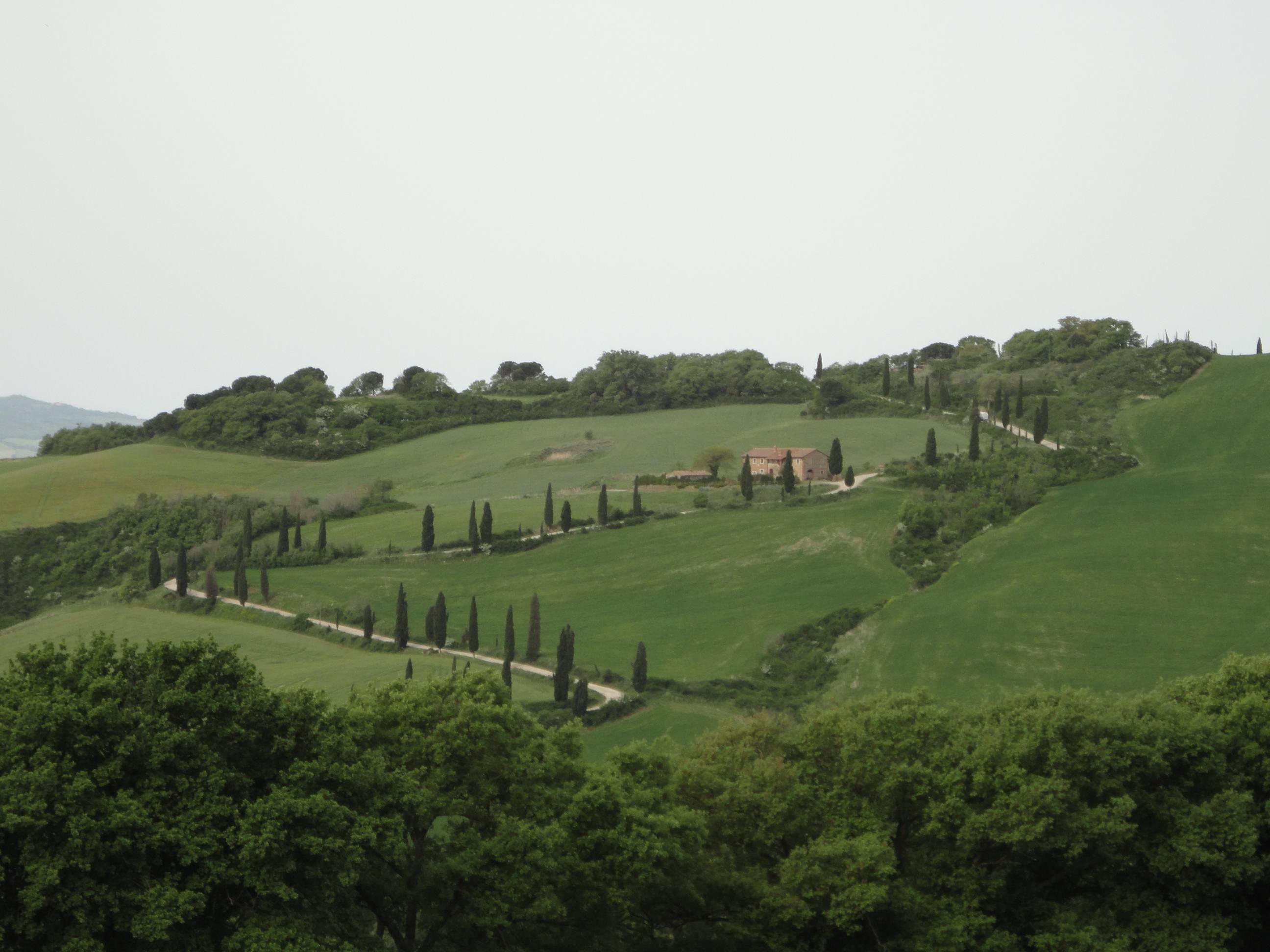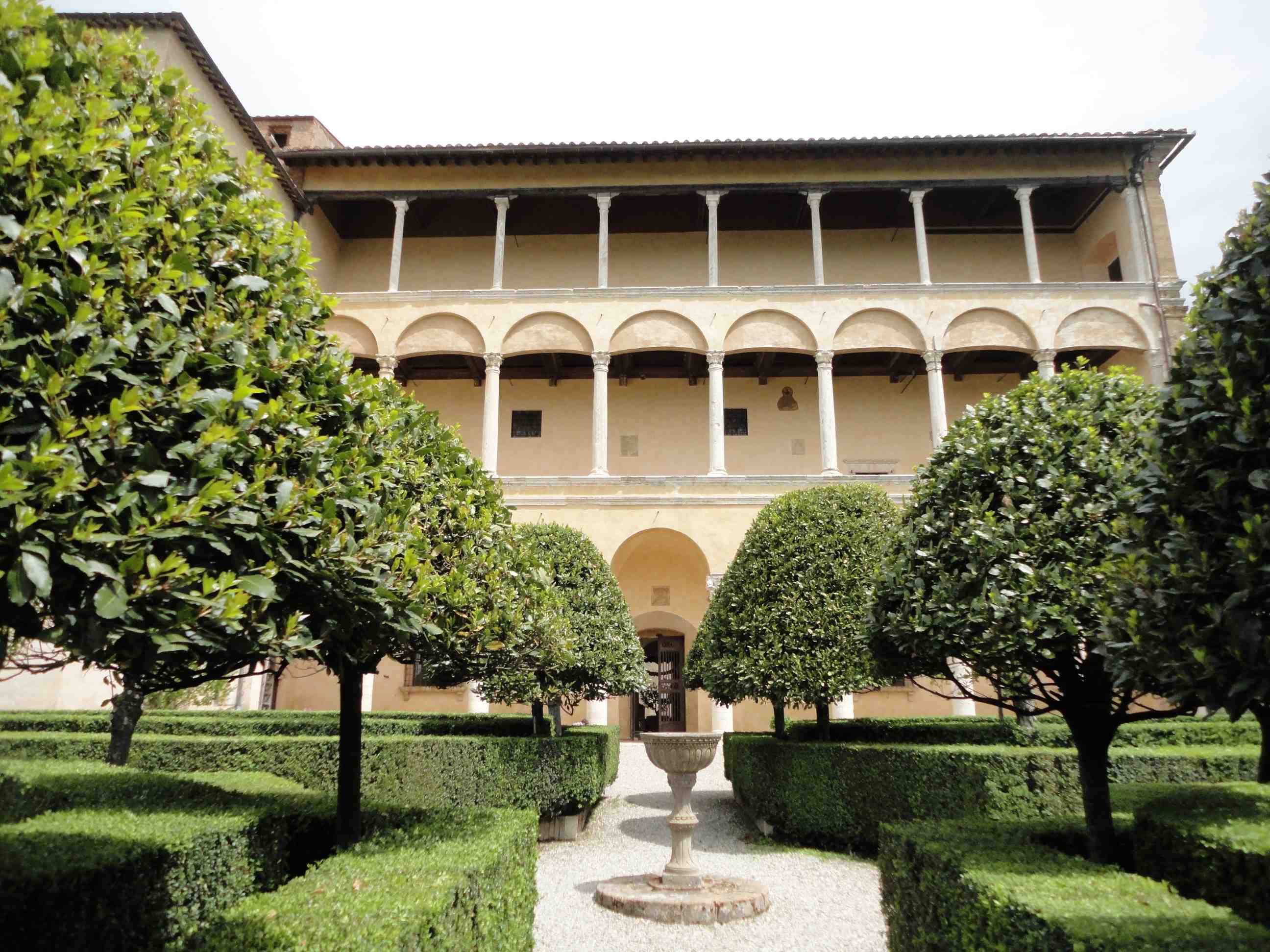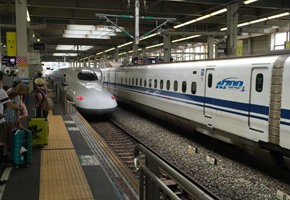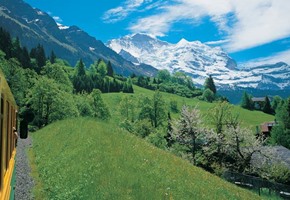If you imagine any postcard of Tuscany's landscapes it's likely to be set in the Val d'Orcia - a fantastic area south of Siena with rolling hills, cypress trees, lush vineyards and golden wheat fields. Captured by Renaissance artists and more contemporary photographers and film directors (think Gladiator, Romeo and Juliet, and The English Patient!) - it offers amazing vistas, beautiful hilltop towns, history, religion and not forgetting - some famous wines.
Our new Beautiful Tuscany & Rome tour includes a great day out in this World Heritage listed valley - a route that takes in Bagno Vignoni, Pienza and Montepulciano. Here's an outline of what you might see:

From our base in the spa town of Chianciano Terme, our coach driver takes us west towards the Val d'Orcia passing the famous zig-zagged 'strada' of cypress trees near La Foce. The Val d'Orcia, a protected artistic, natural and cultural park in Italy, was recognised by UNESCO as a World Heritage Site in 2004. Their citation was basically a 'thumbs up' to Renaissance planners who had created a perfect model of local government in harmony with landscape. This subject also inspired the Sienese school of painters - notably Lorenzetti's frescoes in the Palazzo Pubblico in Siena (in particular the one known as 'Effects of Good Government on the Countryside').
On our way to Pienza, we make a short stop at Bagno Vignoni, a small village with thermal springs located near the Via Francigena (a pilgrim route to Rome). The spa waters became a popular resting place and attracted dignitaries such as Pope Pius II, Lorenzo de' Medici and St. Catherine of Siena. Instead of a central piazza, there is a rectangular pool of water where you can still spot bubbles from the underground volcanic source. Although you can't swim in it, (there is smaller public thermal pool just below the village), it's great to walk around and also visit the small church nearby.
We then continue to the hilltop town of Pienza, a World Heritage Site in its own right since 1996. It was developed from the fortified village of Corsignano, the birthplace of Pope Pius II. On becoming Pope, Enea Silvio Piccolomini had the village rebuilt as an ideal Renaissance town - with construction starting in 1459.

The heart of the design is an attractive square (Piazza Po II) - a great starting point for free time here. Four key buildings surround it: Palazzo Piccolomini, the Duomo (Cathedral), Palazzo Vescovile (home to the Diocesan Museum) and Palazzo Comunale (Town Hall). I can recommend visiting Palazzo Piccolomini - the summer residence of Pope Pius II. Featured in Franco Zeffirelli's film Romeo and Juliet (as the Capulet house) - the three-storey building has an attractive inner courtyard and fabulous views of the Val d'Orcia from its gardens and loggia above. The first floor papal apartments are furnished in the period and include a dining room, library, weapons collection, music room and the Pope's bedroom.
Pienza is small and compact so you don't really need a map to explore. The pedestrianised street (Corso Rosellino) runs through the centre of town linking the main Piazza Po square, the 13th Century church of San Francesco (one of the few surviving buildings from Corsignano) and shops & restaurants. Though do remember to take a stroll along the town walls (accessed from either side of the cathedral) as they offer panoramic views of the valley and Monte Amiata beyond.
After lunch in Pienza (where you can sample the local pecorino cheese) we take a short drive to Montepulciano, just outside the Val d'Orcia boundaries.
Famous for its Vin Nobile & Rosso wines, this hilltop town can trace its roots back to Etruscan times and offers a great mix of history, architecture, and culture.
The central square, Piazza Grande, is a long uphill walk from the coach & bus park, so it's best to take one of the frequent orange minibuses that connect the two. Once there, you can admire the 15th century Palazzo Comunale, the town hall designed by Michelozzo in the style of the Palazzo Vecchio in Florence. Several of us paid a fee to reach the Palazzo's small roof terrace - with great views over the town and Lake Trasimeno in the distance. A bit extra allows you to climb to the very top of the bell tower. The exterior of the Cathedral of Santa Maria dell' Assunta is unfinished, but it's worth a look inside to see a wonderful golden altarpiece by Taddeo di Bartolo created in 1401. For wine lovers, several cellars around the town offer free wine tasting. There is also a dedicated wine information office in the square (near the Griffon and Lion Well) called 'Strada del Vino Nobile'. When ready to return, the main 'Corso' will take you past other key buildings & monuments to the foot of town.
For a tour that includes Siena, Florence, Rome, Perugia and Assisi - this day out in the beautiful Val d'Orcia region more than holds its own!



